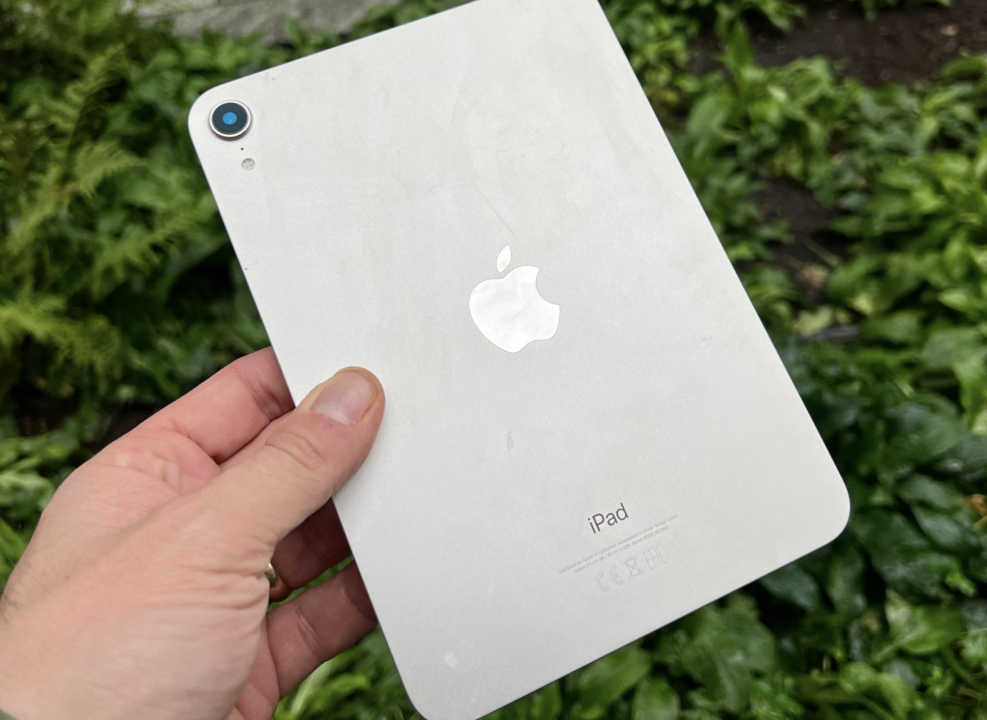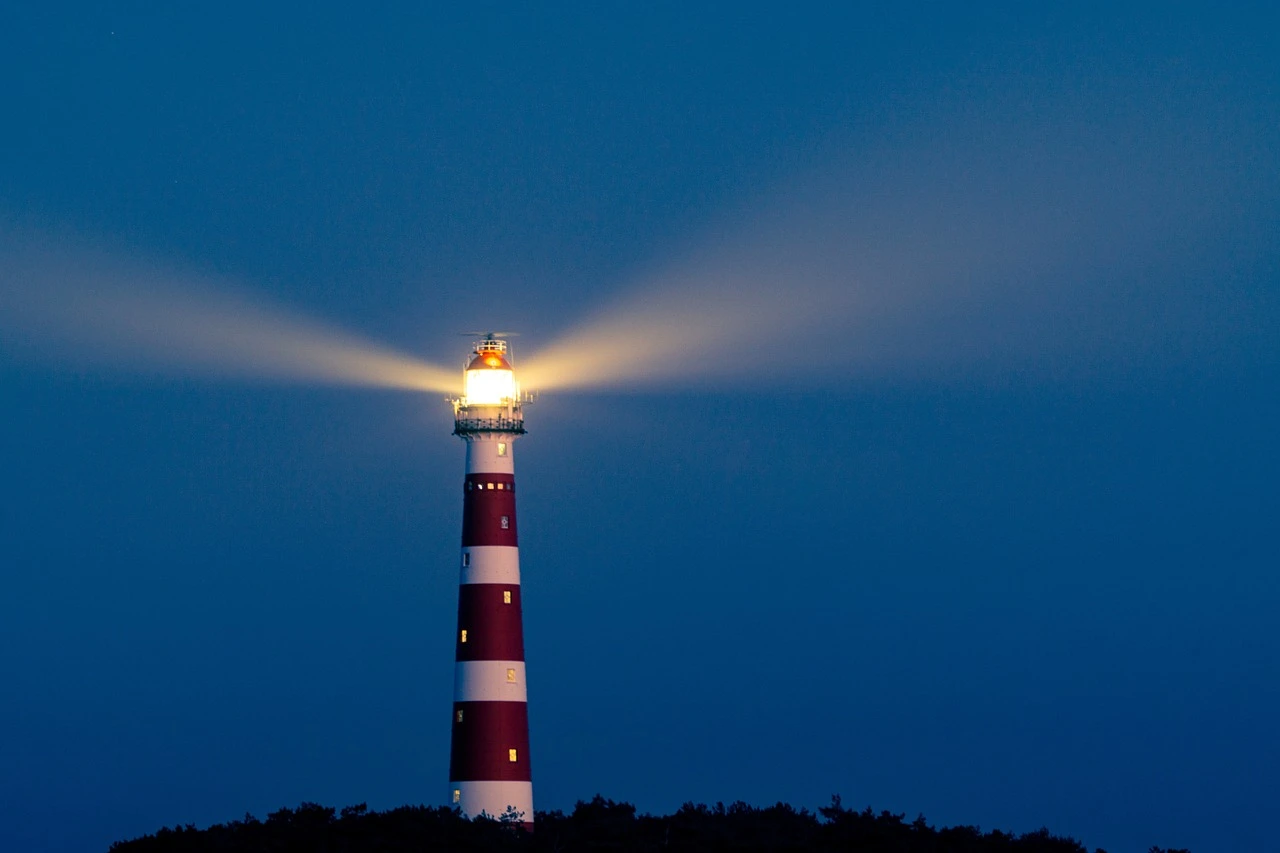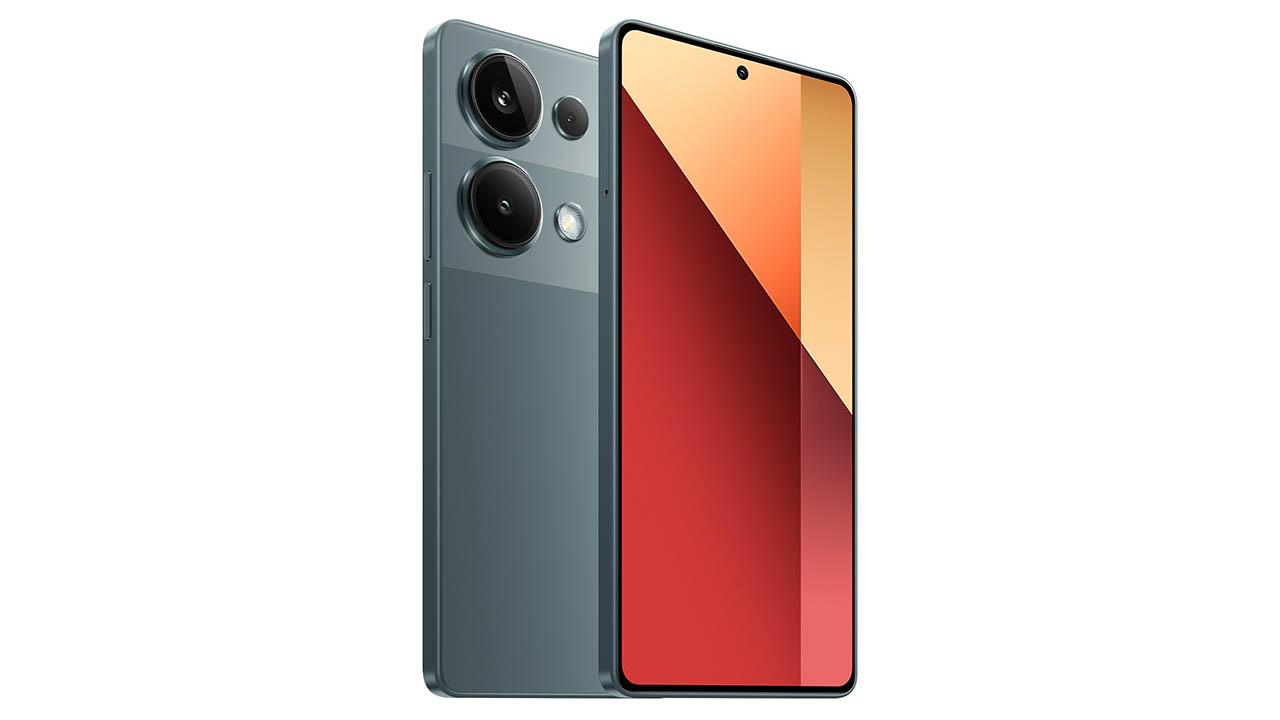#Asteroids #Celestial #Objects #Orbiting #Sun #Space
CELEBESMEDIA.ID, Makassar – Asteroid is a small object in space that consists of rock fragments. This object is orbiting Sun.
The rock fragments have an irregular shape. Asteroid also often referred to as minor planets or planetoids. It is estimated that there are millions of asteroids in the solar system.
According to NASA, there have been 1,312,989 asteroids identified to date.
They form an orbital belt between Mars and Jupiter, known as the asteroid belt.
History of Discovery Asteroid
The discovery of asteroids began when astronomers noticed a discrepancy in Bode’s Law, which is used to estimate the distance between planets and Sun.
However, this law failed to predict the positions of Neptune and Pluto.
Before the discovery of Neptune and Pluto, astronomers used Bode’s Law. However, this law also cannot explain the positions of Mars and Jupiter.
On January 1, 1801, Giuseppi Piazzi announced his discovery, an object between Mars and Jupiter. At first, he thought it was a comet.
Then, Karl Friedrich Gauss, a German mathematician, calculated the orbit of the object. This object was named Ceres, after the Roman goddess.
After Ceres, other planets were discovered: Pallas (1802), Juno (1804), and Vesta (1807).
Astronomers realized that these objects were too small to be called planets. They are more appropriately called asteroids, minor planets, or planetoids.
Types of Asteroids There are several types of asteroids that you need to know:
Type C (Chondrite) This is the most common type of asteroid, probably composed of clay and silicate rock. This asteroid is dark in color and is the oldest object in the solar system.
Type S (Stony) This type consists of iron-nickel and silicate, usually larger than the others with a diameter of around 330 km.
Type M (Metallic) Found around the middle of the asteroid belt, mostly composed of iron-nickel, with small amounts of rock.
Apart from that, there are asteroids that do not fit the pattern above, called U-type asteroids (unclassified).
For example, Vesta has an albedo of 40% and a spectrum dominated by pyroxene and feldspar.***










